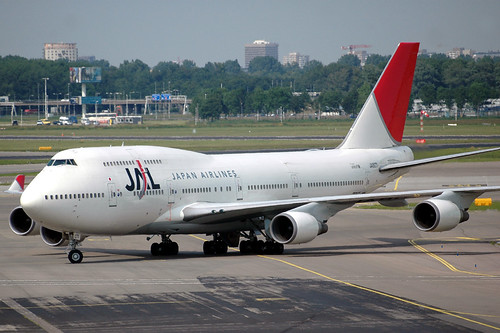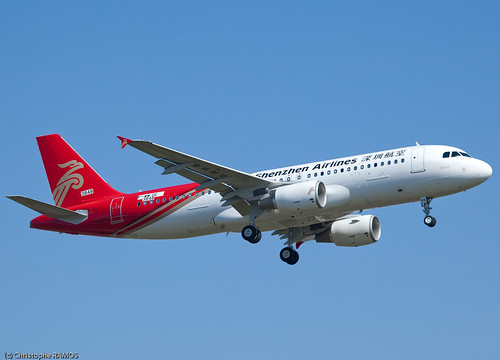 Suspends NAIA flightsBy Rudy Santos and Rainier Allan Ronda
Suspends NAIA flightsBy Rudy Santos and Rainier Allan RondaSeptember 14, 2009
Photo taken last night shows the NAIA Terminal 1 devoid of planes after a power outage at the airport control tower forced the delay and diversion of all international and domestic flights. Rudy Santos
| Zoom MANILA, Philippines - A power outage at the airport control tower crippled operations at the Ninoy Aquino International Airport (NAIA), forcing the delay and diversion of all international and domestic flights yesterday.
Airport officials said the power supply of their radar at the control tower broke down at 2 p.m., forcing the diversion of several incoming international flights to other airports.
“The tower cannot communicate with the radar and they cannot guide the airlines to land and depart… so it is a safety issue,” airport general manager Alfonso Cusi explained.
Cusi said some international flights were diverted to Hong Kong while other incoming flights were ordered to land in other airports.
The loss of communication links with air traffic controllers forced some 20 local and international flights already airborne to turn back to NAIA while other flights preparing for take off were ordered grounded.
In the advisory released by airport officials, among the flights ordered to “return to base” were cargo flights from Manila to Taipei and Manila to Bangkok.
The cargo flight from Manila to Taipei (CI 5850) that departed 1:30 p.m. was ordered to return to base because of the radar problem. It was the same problem in flight TG 621 (MNL-Bangkok) that was forced to return to Manila following the power failure.
Other cancelled flights include PR 311 of the Philippine Airlines (PAL) bound for Hong Kong, which was ordered to return to base.
PAL’s PR 432 bound for Narita, Japan and PR 416 bound for Pusan, South Korea were also cancelled.
In the same advisory, international flights TG 620 (MNL-Kansai, Japan); SQ 917 (MNL-Singapore) and CZ 398 (MNL-Canton, China) were delayed at NAIA Terminal I.
At the NAIA Terminal 2, a total of eight domestic flights, were cancelled. Two domestic flights in NAIA Terminal 3 were also cancelled.
In the advisory, among the PAL domestic flights that were cancelled include the PR 177 from Manila to Tagbilaran; PR 178 Tagbilaran to Manila; PR 293 Manila to Dumaguete; PR 294 Dumaguete to Manila; PR 283 Manila to Cagayan de Oro; PR 284 Cagayan de Oro to Manila; PR 849 and PR 850, Manila to Cebu, Cebu to Manila; PR 817 and PR 818, Manila to Davao and Davao to Manila; PR 393 and PR 394, Manila to Tacloban and Tacloban to Manila.
Cebu Pacific’s Manila to Tacloban flight and its return flight 5J 657 and 5J658 were also cancelled.
The Civil Aviation Authority of the Philippines (CAAP) issued a “notice to airmen” (Notam) around 3:30 p.m., advising all inbound and outbound flights of the radar and power failure at the airport.
The Notam forced several incoming international flights to divert to other airports and return to their point of origin.
With the long range area radar system out of commission due to the power failure, airport officials resorted to using the medium range Manila Approach Radar to guide other incoming flights to a safe landing at NAIA.
CAAP said the sudden loss of electricity should have triggered the standby generators to take over.
However, the generators were not sufficient enough to power the air-to-ground communication systems and the international hotlines connecting CAAP to nearby traffic facilities.
The problem remained even after Elmer Gomez, the chief of the Manila Airways Facilities Complex, reported that all facilities and international communication links had been restored by 3:30 p.m.
But the radar display at the Manila Area Control center remained out of commission.
CAAP then took over and allowed a five-minute departure interval at the airport.
Domestic flight carriers Philippine Airlines, Cebu Pacific, ZestAir and SeaAir were directly affected by the delays, and some flights to local destinations were cancelled.
On the other hand, the international flights by members of the Airline Operators Council also remain grounded at the NAIA Terminals 1 and 2, waiting for the resumption of normal service.
Marlyn Tolentino of Singapore Airlines said they were advised of the problem two hours after the blackout occurred.
“But we managed to depart our two flights back to Singapore before the power failure,” she said.
An airport official said CAAP was still attending to the radar repairs until last night.
CAAP director general Ruben Ciron said they would expect normal operations to resume at 10 p.m.
“Radar of Manila Air Traffic Control Center encountered technical problem at around 2 p.m. that slowed down all incoming and outgoing flights. My technical people are working on it and expect normal operations by 10 p.m. (last night),” Ciron said in the advisory.
























